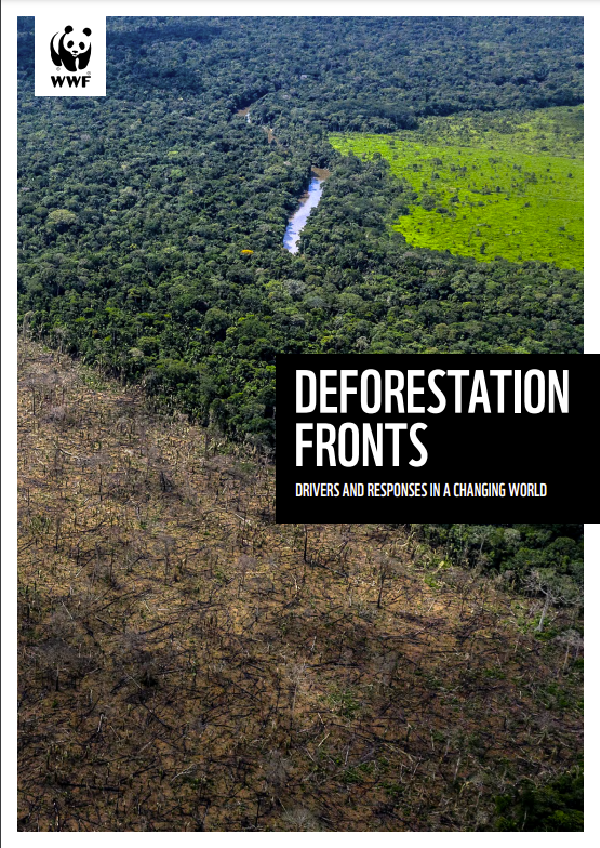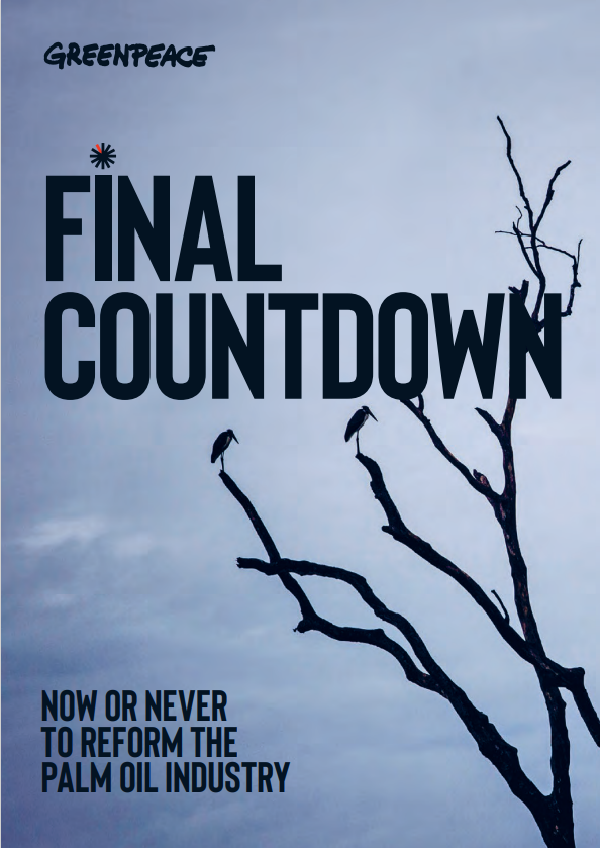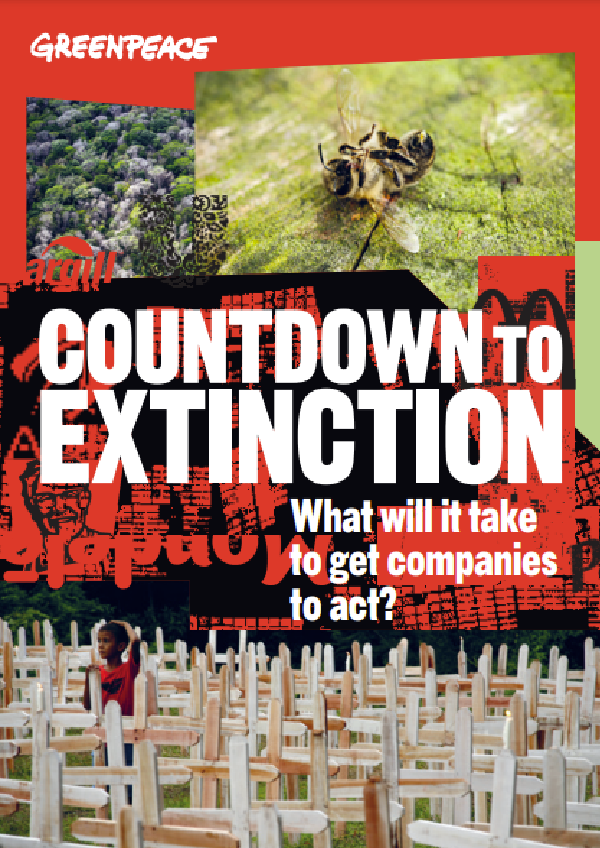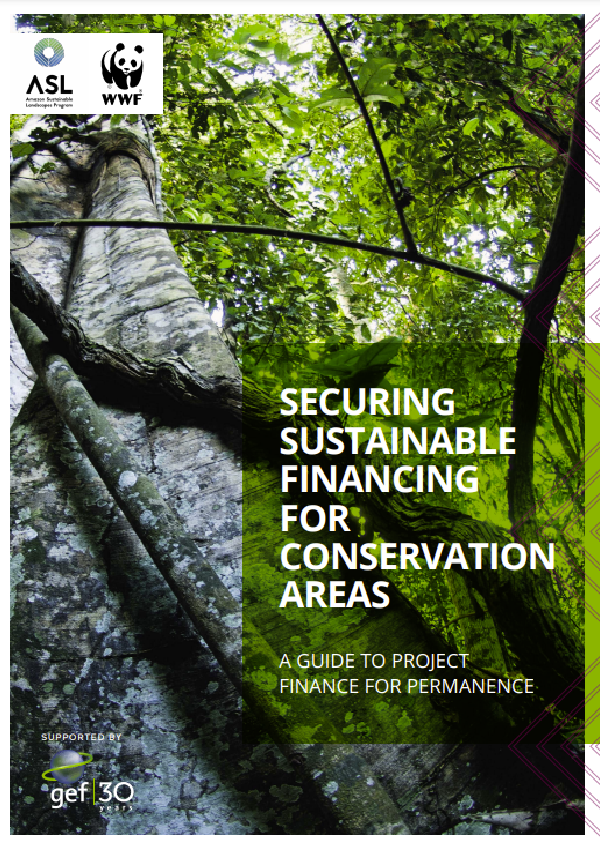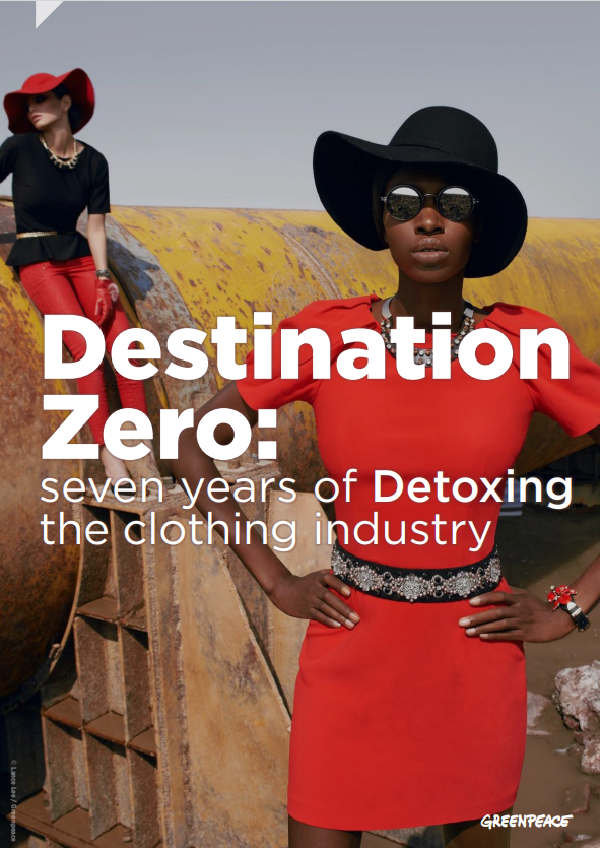The causes, pace and magnitude of deforestation and forest degradation have changed over time. The way that different causes of deforestation link together and the effects they have on forests varies across regions. Globally, a multitude of approaches have been implemented to halt deforestation and forest degradation. While progress has been made in halting forest loss and degradation, both continue at alarming rates.
The causes, pace and magnitude of deforestation and forest degradation have changed over time. The way that different causes of deforestation link together and the effects they have on forests varies across regions. Globally, a multitude of approaches have been implemented to halt deforestation and forest degradation. While progress has been made in halting forest loss and degradation, both continue at alarming rates.
This report provides a comprehensive analysis of deforestation connecting drivers and responses globally by taking a closer look at 24 “deforestation fronts” – places that have a significant concentration of deforestation hotspots and where large areas of remaining forests are under threat. Over 43 million hectares were lost on these fronts between 2004 and 2017, an area roughly the size of Morocco.
The analysis presented here focuses on the tropics and sub-tropics, which accounted for at least two-thirds of global forest cover loss from 2000 to 2018 and where forest fragmentation is significant. Nearly half of the standing forests in these 24 deforestation fronts have suffered some type of fragmentation.
Deforestation tends to oscillate over time. Recent trends indicate that deforestation will persist on these fronts unless there is collective action and more integrated approaches tailored to each front. To be more effective, the different responses to halt deforestation and forest degradation have to reinforce each other.
Linking drivers and responses
Expansion of commercial agriculture (both large and small scale) and tree plantations are by far the greatest drivers of deforestation, with land speculation playing a strong role in several local contexts. Infrastructure and extractive activities, particularly the expansion of mining, are increasingly important drivers. These drivers take different shapes across locations and change over time.
Multiple approaches and responses have emerged from state and non-state actors to tackle deforestation. Some have worked better than others, yet all have limits. Acknowledging the potential and limits across approaches and responses is critical, as well as the synergies that are needed for responses to be more effective to tackle deforestation and forest degradation while avoiding negative social impacts, and achieving more inclusive and equitable outcomes.
Our findings are designed to help policy-makers, the corporate sector, civil society organizations and anyone working to halt and reverse deforestation better understand what approaches are needed to have lasting impact at scale.
Area-based responses – such as protected & conserved areas, recognition of indigenous peoples and local communities (IPLC) tenure rights and moratoria on conversion of forestlands – can be effective in preventing the loss of threatened forests but don’t help stop deforestation beyond their own boundaries and have different social implications. In turn, commodity or sector specific responses like voluntary certification, payments for environmental services (PES) and deforestation-free supply chains are important but thus far have had limited impact at scale. Additional integrated approaches are emerging motivated by result-based payments for reducing deforestation as well as jurisdictional and landscape approaches. The latter leverage the power of markets and finance but still require active state intervention at the national and sub-national levels and public-privatepeople partnerships, ensuring the conditions for wider participation of local stakeholders, including IPLCs.
More ambitious action is needed to build on existing responses across scales and within landscapes, while improving conditions for wider uptake of solutions that are more effective to reduce deforestation and forest degradation, with considerations of social inclusion and equity. Ultimately though, real impact will come from transforming our economies, and food and financial system and development paradigm shifts to place nature and people at the centre.
